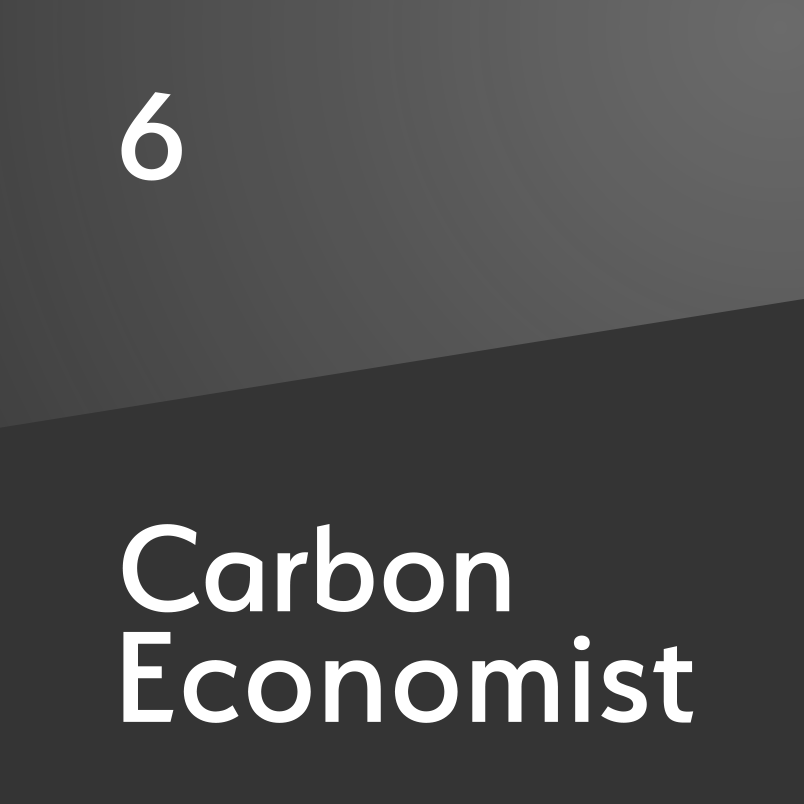Refining Report: Biofuels lead the way
Gasoline and diesel demand set to stagnate but biofuels production due to expand significantly to 2030
Oil consumption rates have been level with or greater than consumption rates pre-Covid since Q3/Q4 2022. The IEA, the US EIA and OPEC have forecast global oil demand to hover around 102m b/d in 2023. All three organisations also forecast consumption to increase in 2024 to 102.75–104.25m b/d. In the longer term, the IEA forecasts oil consumption to increase by an additional 2.6m b/d, reaching approximately 105.7m b/d, by 2029. Asia-Pacific will be the leader in oil demand growth to 2030, led by increased industrialisation and demand for refined and petrochemical products in developing nations. Refined product consumption Refined product demand is forecast to increase over the next several yea

Also in this section
8 December 2025
The Caribbean country’s role in the global oil market is significantly diminished, but disruptions caused by outright conflict would still have implications for US Gulf Coast refineries
5 December 2025
Mistaken assumptions around an oil bull run that never happened are a warning over the talk of a supply glut
4 December 2025
Time is running out for Lukoil and Rosneft to divest international assets that will be mostly rendered useless to them when the US sanctions deadline arrives in mid-December
3 December 2025
Aramco’s pursuit of $30b in US gas partnerships marks a strategic pivot. The US gains capital and certainty; Saudi Arabia gains access, flexibility and a new export future







